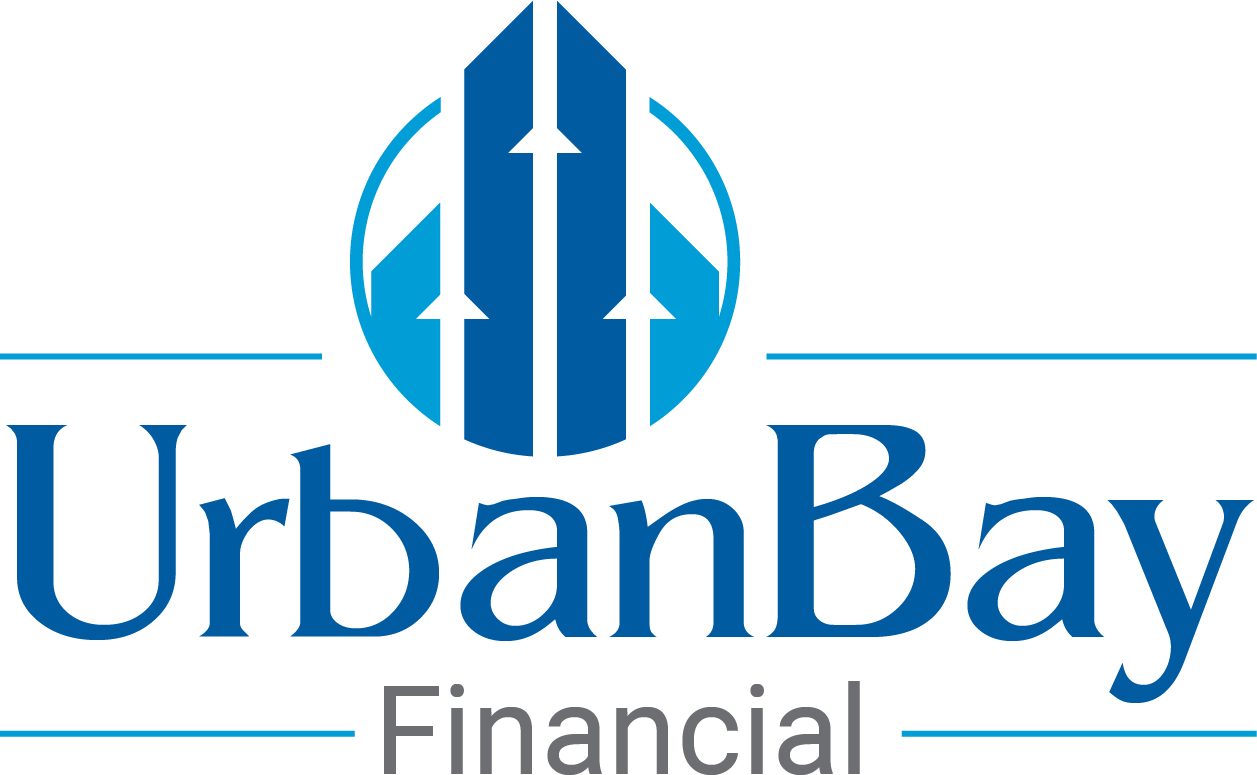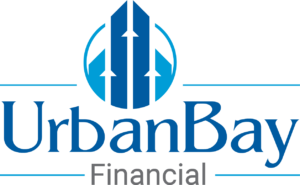Real estate investments can be risky. In fact, the risk is an inevitable part of any real estate project – the key is to understand the main sources of risk and mitigate them.
Risks can be both systematic (associated with the entire market or segment) or unsystematic (associated with a specific industry or sector). Systematic risks may be caused by macroeconomic factors, like inflation and unemployment rates, and generally cannot be controlled. On the other hand, unsystematic risks may be caused by high prices, high operational costs, or employee strikes and can be controlled by investors. Let’s delve deeper and see which are the top sources of real estate investment risks:
#1 – Physical Asset Risks
These risks are caused by the physical condition of a particular property or project. For instance, it is usually present in older, poorly maintained properties that may become a risky financial investment. These properties may need costly repairs and improvements and may be prone to accidents. These costs may lower the investment’s profitability, making them unattractive to potential investors.
Investors should mitigate real estate investment risks by carefully assessing existing properties and understanding how they can be repaired or consolidated. Make sure to inspect existing buildings and assess how much risk they bring to your investment.
#2 – Market or Geographic Risk
Geographic or market risks include demographics, population, and job growth, among many other factors. These factors may negatively impact demand (both potential buyers and tenants). In time, prices may drop to accommodate the drop in demand or may rise if the demand goes up. Another key factor is the market – various market factors affect demand and how much a specific property is sold or rented for. For example, a slowing economy may lead to lower prices and lower demand.
#3 – Development Risks
Development risks are directly associated with construction risks. Typically, this is the main risk a developer has to mitigate and includes construction costs, defects, errors, construction experience, and meeting deadlines. Try to reduce development risks by ensuring the contractor has sufficient construction experience and efficient project management.
#4 – Leasing or Vacancy Risks
These risks occur when units are not leased for a longer period at the targeted rental rate. Because of this, cash flow issues may occur, causing further financial problems for developers. Leasing and vacancy risks can be mitigated by having a line of credit or cash buffer until all the units are leased at a good price. The buffer can be drawn upon when vacancies occur and will include the cost of marketing and maintaining the property while looking for tenants.
#5 – Debt Risks
Financing a real estate project with debt is very common. Unfortunately, this leads to increased debt risks – investors who take on such debt are at a risk of foreclosure that can be caused by overleveraging, debt maturity risk, or others. Overleveraging means that a property takes on more debt than it can afford – in this case, the debt risk is enormous. In this case, the back payments or amortization payments exceed the income generated by the property (meaning the property is not profitable).
Start your new real estate project with us! Contact us on our website https://urbanbayfinancial.com/ and learn more about how we can help you mitigate risks and make a profit!






